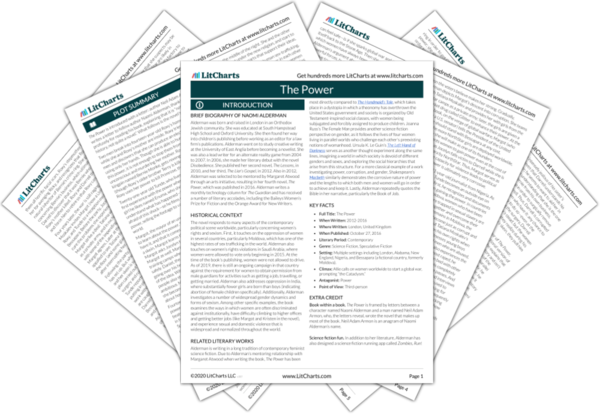Margot recognizes here how the power to hurt trickles down into other forms of power. It gains her political power eventually, but it also gives her the liberty to speak bluntly and the ease that comes with knowing that she could kill Daniel and that he could not stop her from doing so. This is a corrosive thought, and seeds like this become rooted even more firmly in the minds of the characters as the story goes on, even though they’re initially presented as moral people.
